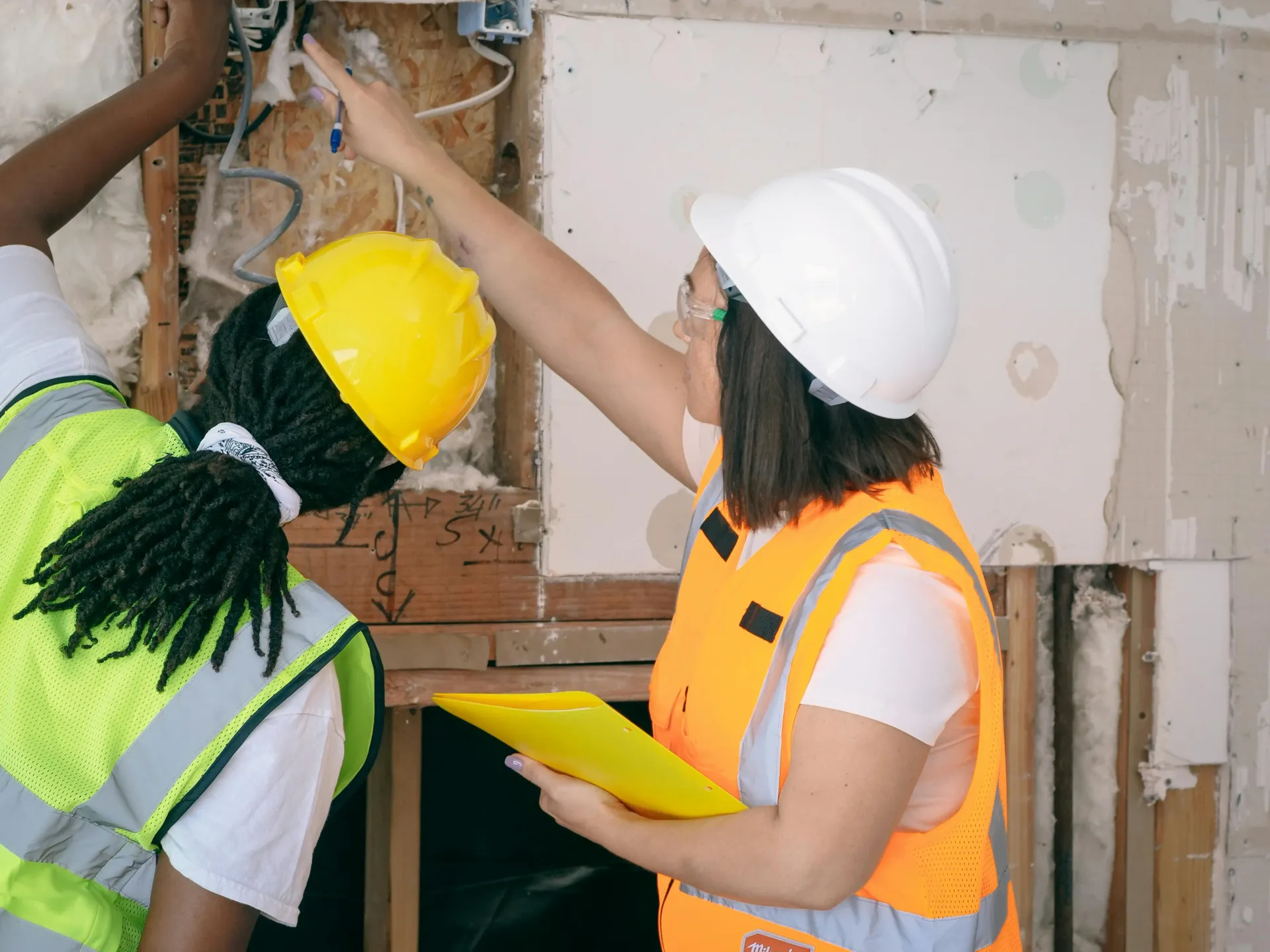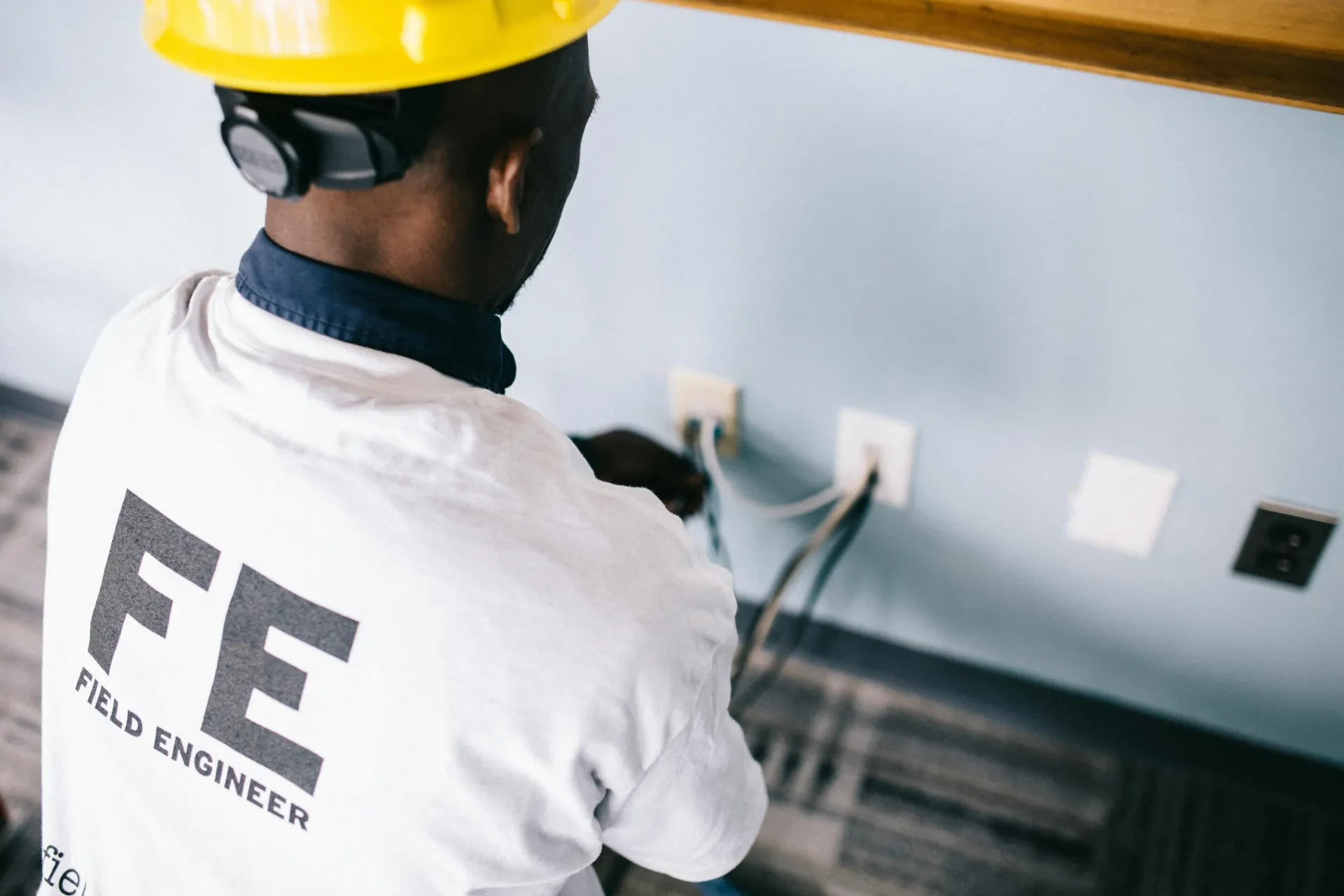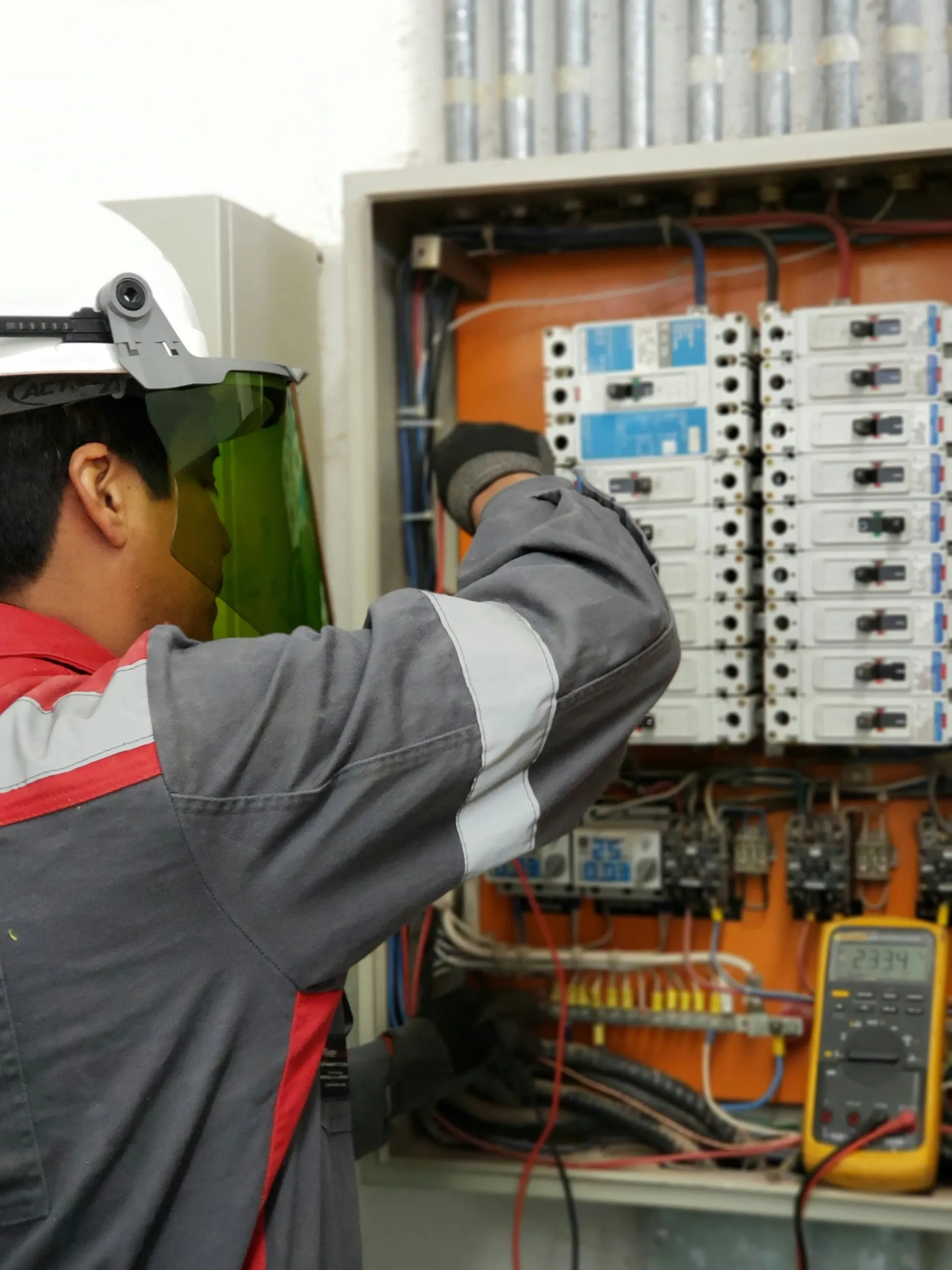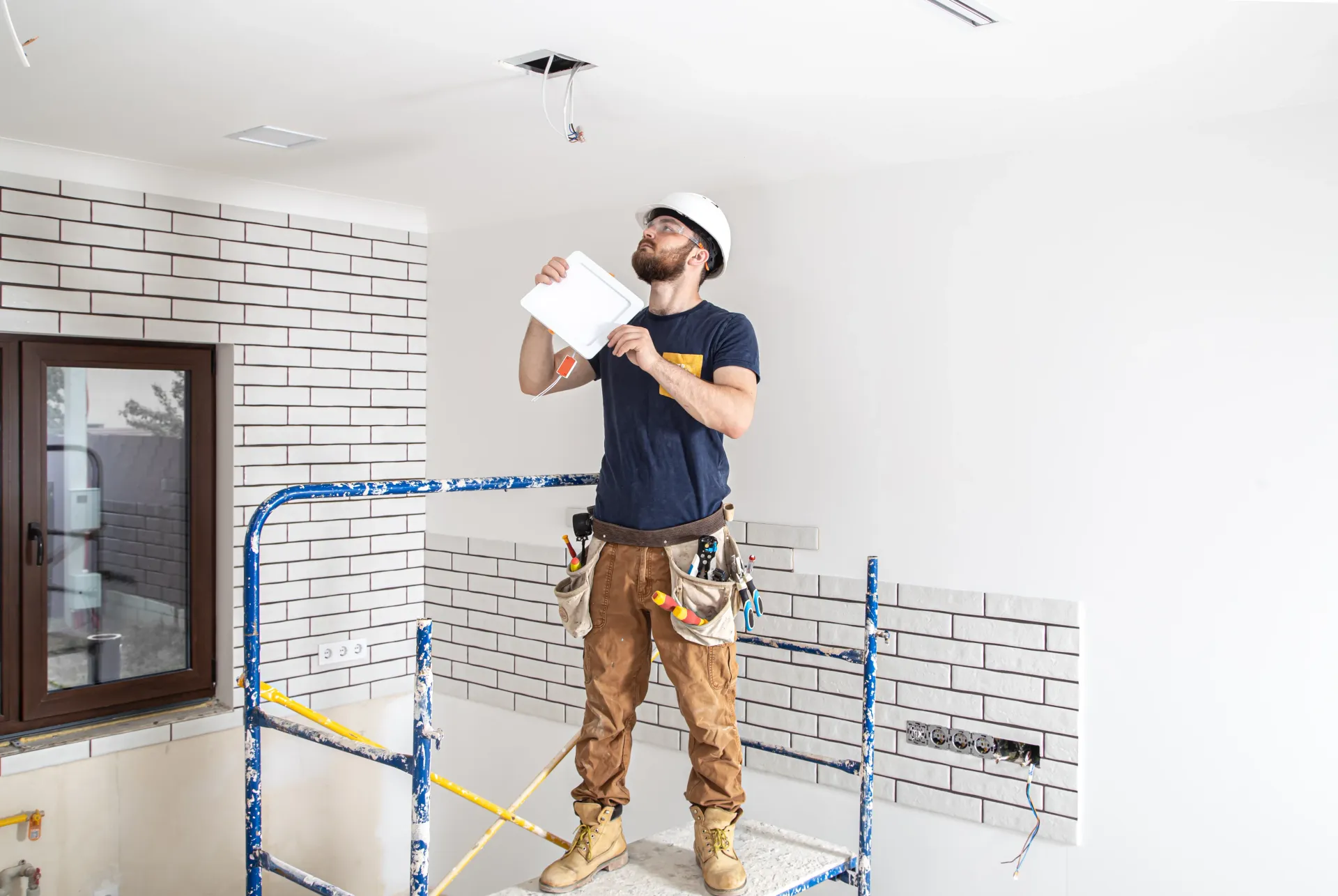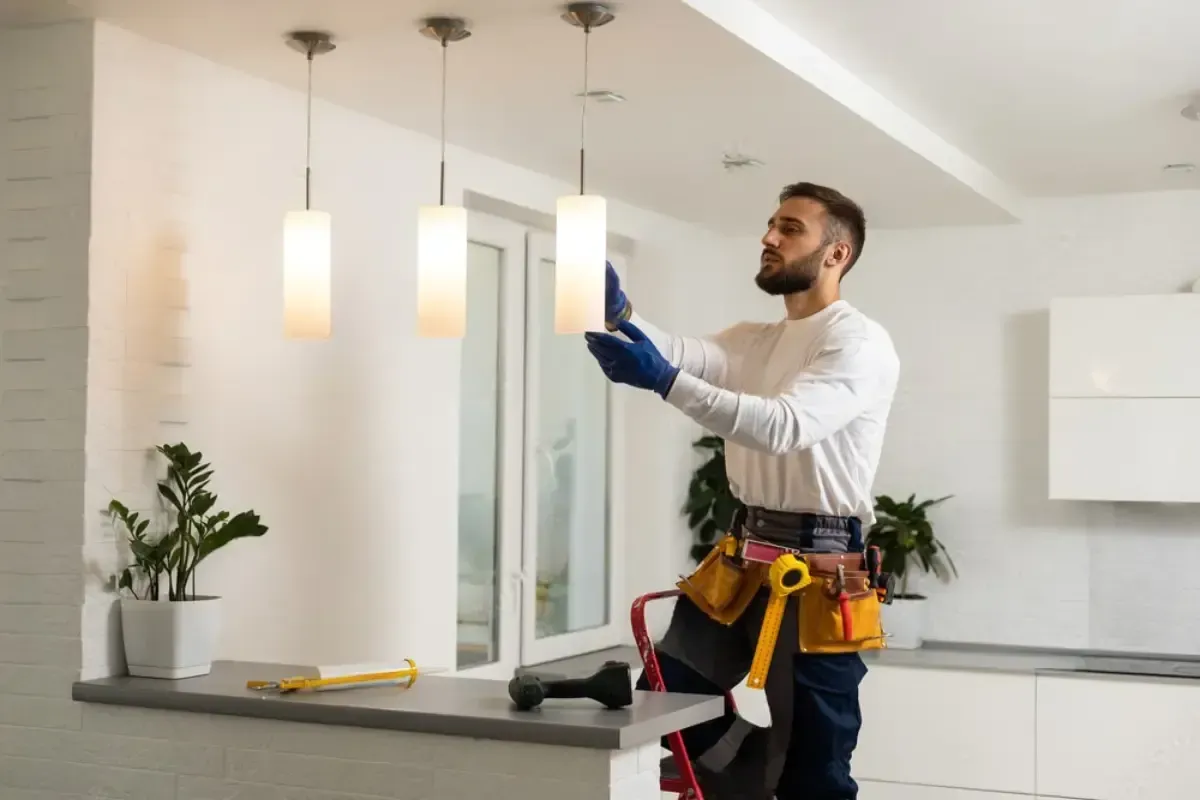Get Ready for Your Electrical Upgrade: A Homeowner's Preparation Guide
The thought of undergoing an electrical upgrade might send a jolt through your nerves, but take a breath. This project is one of the smartest investments you can make as a homeowner. Whether you’re looking to power a new EV charger, accommodate smart home systems, or simply bring your home up to code, a well-planned electrical upgrade ensures your space is safe, efficient, and future-ready.

Understanding Electrical Upgrades
An electrical upgrade refers to the process of increasing the capacity or improving the infrastructure of your home’s electrical system. It typically involves replacing the service panel, rewiring, or upgrading individual circuits. The goal? To safely support modern electrical demands. If your panel still maxes out at 60 or 100 amps, you're overdue for a service update. Today’s homes often require 200 amps or more, especially with appliances like induction stoves, HVAC systems, and EV chargers in the mix.
Signs you might need an upgrade include flickering lights, frequently tripped breakers, or limited outlet availability. These issues not only signal performance limitations but also potential fire hazards.
Assessing Your Home’s Electrical Needs
Before diving in, assess your energy requirements. Think beyond the current moment and envision your home five or ten years from now. Are you planning a kitchen remodel? An electric car? Solar panels?
A room-by-room audit can help you understand your current load. Add up the wattages of appliances, lighting, and devices. This process offers a glimpse into your electrical consumption and highlights areas for efficiency improvements. Consult with professionals from a trusted Electrical Service provider for a more accurate load calculation.
Hiring the Right Electrician
A licensed electrician isn’t just a box to check—it’s your lifeline to a safe, code-compliant upgrade. Look for certifications, customer reviews, and proof of insurance. A reputable professional will walk you through options, provide a written estimate, and clearly outline the work involved.
Ask about their experience with panel replacements, surge protection, and smart home integrations. When in doubt, schedule a Contact consultation to compare options.
Creating a Safe Work Environment Before the Electrical Upgrade
Home upgrades are rarely tidy affairs, and electrical work is no exception. As you gear up for the transformation, your first responsibility is safety. That means clearing space around breaker panels, securing pets, and covering furniture or valuable electronics to protect them from dust or accidental damage.
Electricians need unimpeded access to the main panel and all outlets or fixtures they’ll be updating. Declutter hallways and basements, remove shelving near electrical boxes, and temporarily rearrange furniture if necessary. Safety tape or signage may also help warn guests or young children of temporary hazards.
Permits and Inspections: What Every Homeowner Should Know
No matter how minor your upgrade may seem, it's likely subject to state or local regulations. Permits ensure work meets safety codes and that your home's electrical system is up to modern standards. Skipping this step could void insurance claims or delay property sales down the line.
Your contractor should handle the permit application process, but don’t be afraid to ask for updates. After the work is complete, a certified inspector will evaluate everything from wiring to breaker labeling before giving final approval. Without that green light, don’t switch the new system on.
Budgeting for Your Electrical Upgrade
It’s easy to underestimate the cost of an electrical overhaul. The average upgrade, including panel replacement and essential rewiring, falls between $1,300 and $3,000. However, costs may rise depending on your home's age, the complexity of the wiring, or the need for subpanels and surge protection.
When requesting quotes, ask for a line-by-line breakdown to identify material and labor expenses. Also, factor in fees for permits, inspections, and any drywall or paint touch-ups after installation. Some utility companies even offer rebates for upgrades involving energy efficiency or solar integration—be sure to check.
Choosing the Right Electrical Panel for Your Needs
Upgrading isn’t just about more power—it’s about smarter power. Today’s panels often include features like load balancing, surge suppression, and even smart technology integration. Decide if you need 200 amps or more, and consider if your home might eventually need a subpanel (e.g., for a garage or EV station).
Also evaluate the brand and warranty of your panel. It’s worth paying extra for reliability and longevity. Some panels now come solar-ready or compatible with backup generators, making them a future-proof choice.
Temporary Power Options During Your Upgrade
One often overlooked detail? You’ll be without power—sometimes for hours or even days. Planning for this helps minimize disruption. Consider these solutions:
- Portable Generators: Great for running essentials like refrigerators or internet routers.
- Battery Backups: Ideal for medical equipment or sump pumps.
- Whole-Home Generators: Pricier but seamless, especially if outages are expected.
Coordinate with your electrician to understand when the power will be shut off and when it’s safe to use backup sources.
Protecting Appliances and Electronics
An abrupt shutdown can wreak havoc on sensitive devices. Before your upgrade begins, power down electronics like TVs, modems, and computers. Unplug surge protectors and back up important data.
After the work is complete, wait for confirmation that all circuits are functioning correctly before reconnecting high-demand devices. If your upgrade included new surge protection, review its capacity and warranty to ensure maximum safety for your electronics.
Timeline of the Electrical Upgrade Process
Planning helps reduce surprises. Most electrical upgrades follow a fairly standard timeline:
- 1 Month Out: Assess power needs, obtain quotes, select a contractor.
- 2 Weeks Out: Clear access to panel and affected areas; schedule temporary power sources.
- Day Before: Confirm arrival time, ensure pets are secured, and back up digital files.
- Day Of: Expect intermittent power outages; stay nearby for questions.
- Post-Work: Wait for inspection before full system use; test all outlets and devices.
Final Walkthrough: Post-Upgrade Inspection Checklist
Once your system is installed and inspected, conduct a final walkthrough with your electrician. You should:
- Test every outlet, switch, and light fixture.
- Confirm breaker labels match room layouts.
- Verify GFCIs and AFCIs function properly.
- Ask for documentation including permits and warranties.
Don’t be afraid to ask questions. This is your last chance to clarify anything before the electrician wraps up.
How Upgrades Impact Your Home Insurance
Electrical updates can positively impact your homeowner's insurance. A modern system reduces fire risks, which may lower your premium. However, insurers typically need proof of the upgrade—so save all permits, inspection reports, and receipts.
Additionally, if you’re increasing amperage or adding smart technology, you might qualify for further discounts. Contact your provider with all relevant details after the job is done.
Energy-Efficient Additions to Consider
Since your walls are already open and electricians are on-site, it’s a prime opportunity to install eco-friendly upgrades. Popular options include:
- LED Lighting Retrofits
- Smart Thermostats
- Whole-Home Surge Protection
- Solar-Ready Electrical Panels
These add-ons don’t just reduce monthly bills—they also add value to your home and may qualify for rebates.
Common Mistakes to Avoid During an Electrical Upgrade
It’s easy to get overwhelmed, but these frequent blunders are best avoided:
- Skipping Permits: Leads to fines, insurance issues, or failed sales inspections.
- DIY Wiring: Illegal and dangerous—always hire a licensed pro.
- Ignoring Future Needs: Choose a panel with room to grow.
Avoid these pitfalls by working with reputable electricians and asking the right questions upfront.
Electrical Upgrades in Older Homes
Vintage charm often hides outdated wiring. Homes built before the 1970s may have knob-and-tube or aluminum wiring—both safety hazards by modern standards. These homes require special attention:
- Full rewiring might be necessary.
- Asbestos and lead may be present.
- Wall cavities could complicate installations.
While more complex, upgrades in older homes offer dramatic safety and efficiency improvements.
Integrating Smart Home Features Into Your Upgrade
Modern panels can integrate with smart devices for real-time monitoring, remote control, and automation. Ask your electrician about smart circuit breakers, Wi-Fi integration, and voice control options.
If you're already using smart lighting or thermostats, consider consolidating control through a single app or hub. Smart panels can even send alerts about power usage or outages, giving you ultimate peace of mind.
Adding an EV Charger at Home
EV ownership is booming—and so is the demand for at-home charging. Plan ahead:
- Level 1: Uses a regular outlet (slow charging).
- Level 2: Requires a 240V outlet and dedicated breaker.
- Load Calculations: Ensure your panel supports the added demand.
Permits, inspections, and compatibility checks are all essential. Fortunately, this is a common service for most modern electricians and integrates easily with upgraded systems.
FAQs
Do I always need a permit for an electrical upgrade?
Yes, most municipalities require one for safety and code compliance.
Can I upgrade my panel without rewiring my home?
In some cases, yes. But old wiring may limit performance or pose safety risks.
How long does an electrical upgrade take?
Typically 1–2 days, depending on complexity and panel location.
Are electrical upgrades messy?
Expect some drywall dust and minor wall openings. Prep your space accordingly.
Is upgrading worth it if I plan to move?
Absolutely. A modern panel can increase resale value and reduce buyer objections.
Will I need to upgrade again in the future?
Not if you plan for growth—choose a panel with ample capacity.
Conclusion
Your electrical upgrade isn’t just another home improvement—it’s a step toward safety, reliability, and future-readiness. By understanding the process, preparing thoroughly, and working with a licensed professional, you ensure your home is equipped to meet modern demands.
Start by evaluating your needs and reaching out to a certified Electrical Service. Still have questions? Don’t hesitate to Contact a trusted local provider to walk you through your upgrade plan.
Links:

